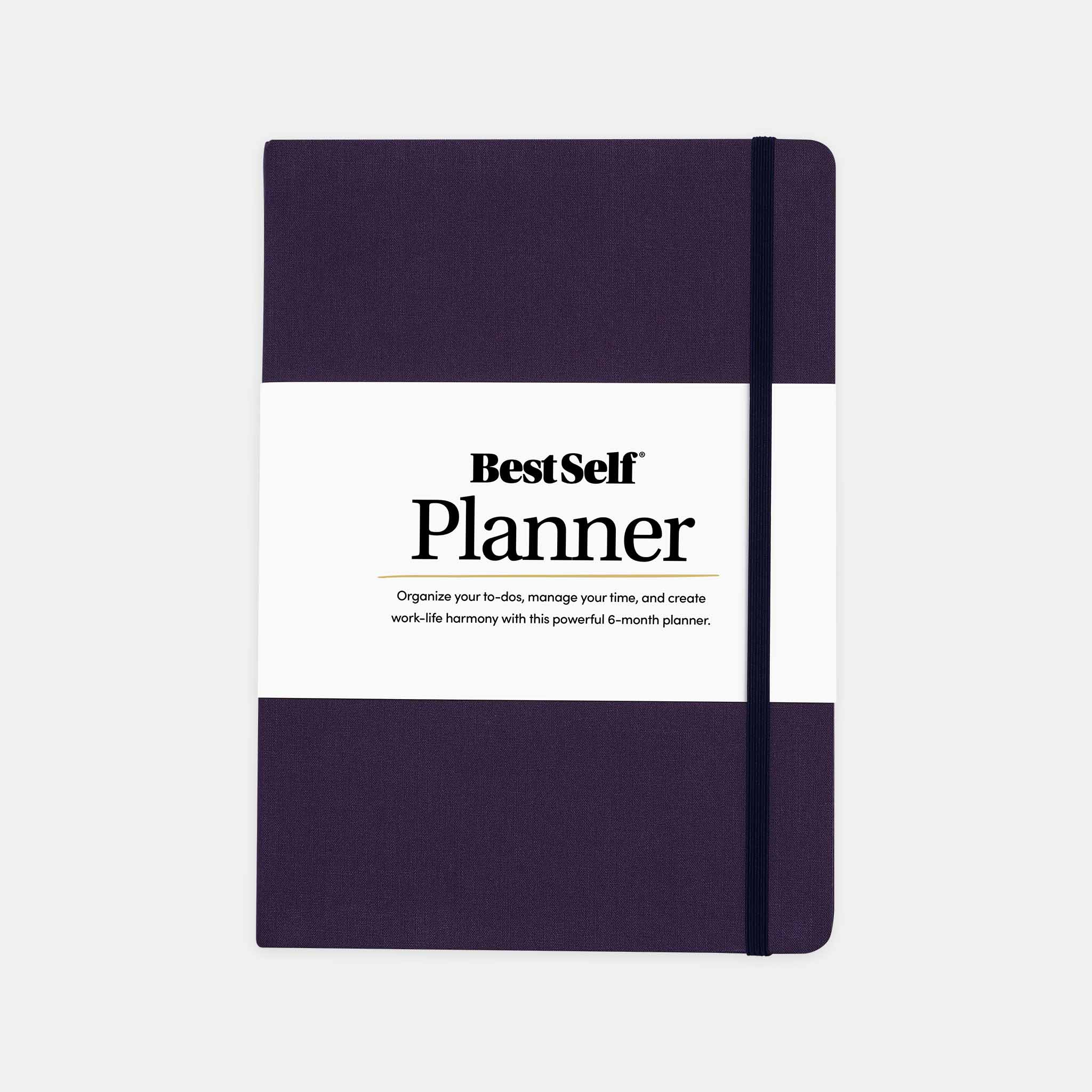Updating your Facebook, exploring the first seven pages of Reddit, and impulse buying a hammock on Amazon probably wasn't on your most recent project’s to-do list. But for many, procrastination has become part of the experience of completing a project. Thankfully, moderate procrastination is manageable and more of a nuisance. For some, however, procrastination can become destructive and costly.
Whether you’re just trying to procrastinate less, or you’re trying to make a major life change, the first rule in managing procrastination is understanding why you do it in the first place. Here are some of the leading causes of procrastination and some ways to overcome it :
Anxiety
When life becomes overwhelming, it’s easy to start postponing tasks rather than face them head-on. Or perhaps, it’s not that you’re overwhelmed, but that you’re anxious about a negative response to your work. The first step in fixing anxiety-related procrastination is realizing that your negative thoughts, rather than an outside stimulus, are preventing you from taking the next step.
A great way to confront this kind of anxiety is the “Worst, Best, Most Realistic” approach. This technique asks you to examine the worst, best, and most realistic outcomes of your actions. For example, imagine you’re a landscape artist that was commissioned to paint a portrait. You begin to feel anxious over the quality of work you can produce. Here’s where the technique comes into play:
What’s the worst outcome?
- You could paint the portrait poorly and the client will be unhappy.
What's the best outcome?
- You could excel and discover a new talent/interest. Those who commissioned the work will be impressed with your ability to learn new skills.
What's the most realistic outcome?
- You could struggle with some aspects of the work, and do well at others. You may not be as confident with your work as your landscape paintings, but you’re now less fearful of similar projects.
This technique is a great way to give you some perspective when confronting the anxieties keeping you from your work. With a more collected approach to your project, you will be better able to set manageable steps to begin.
Deadlines (Or a lack thereof)
If you’re given an assignment on Monday that’s due Friday, it can be easy to push most of the work to Wednesday and Thursday. This isn’t always a bad thing. Sometimes, we use procrastination as a time management tool for tasks we know we’ll have time to complete later. While we may abuse that tool from time to time, as long as it does not inhibit our ability to complete the work, it’s not a destructive habit.
The problem arises when we are posed with tasks that don’t come with a deadline. There is no deadline for starting your own business, deciding when to go back to school, or starting a family. Tim Urban, whose comical TED Talk on procrastination went viral, offers an illustration of what this looks like:

Every dot in the above chart represents one month in a 90-year human life. Some of our tasks without deadlines tend to get postponed months or years. Want to put this to practice?
Think about an uncompleted goal of yours, perhaps one that you set in your Self Journal. Print out the above graphic and fill in every dot that represents a month of your life. Circle the dot that represents the time you set your goal. Next, count how many dots on the chart have you filled in since conceiving the idea.
To become a better self-starter, you’ll need to start setting your own deadlines. That way, even if you’re procrastinating... You’ll at least cram within your own deadlines.
Lack of Interest
Perhaps you only lose interest when you have to work on certain types of projects. Or maybe, when you sit down at your desk you never seem to be able to take that first step. Tim Urban explains that for many, “procrastination isn’t optional - it’s something they don’t know how to not do.” Do you suddenly find yourself looking at your social media accounts? Perhaps you’ve even started reading news articles, or checking your email? This is what Urban refers to as the “Dark Playground.”
The “Dark Playground” is where we go to find instant gratification. This gratification, Urban argues, is short lived. When we spend time avoiding our tasks, our instant gratification is unearned and comes with feelings of guilt and anxiety for the project still at hand. Urban believes the trick to beating the “Dark Playground” is effective planning.
By turning your goals into a series of small, clear, manageable tasks, they will become less daunting (and less likely to send you on a trip to the Dark Playground!). Sound familiar? The Self Journal isn’t structured this way by accident. Your small day-to-day tasks should always align with your long term goals.
Making Changes Today… Or Tomorrow!
Even with some change, chances are, you’ll still procrastinate some...and that’s okay! Remember that procrastination is sometimes used as a time management strategy.
The key to making a change is figuring out WHY you are procrastinating.
Then, with some effective planning, you can start to knock some goals off of your to-do list. That way, your Amazon impulse-buying, Facebook updating, and Instagram selfies can all be done guilt and worry free.




































